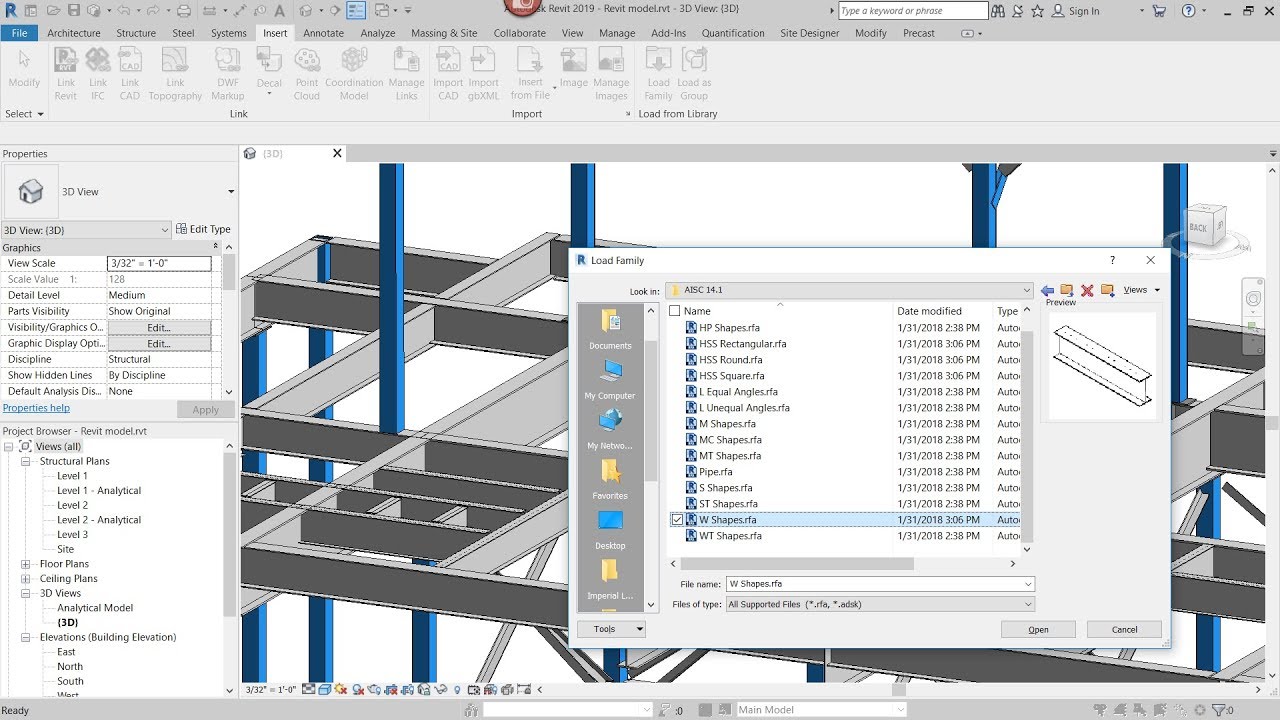


Rebar Constraints Management in Revit 2017.Variable Rebar Distribution in Revit 2017.Our investments in Revit have also focused on respecting the various Levels of Development (LOD) that must be supported in parallel throughout the project lifecycle.įor more on the capabilities of Revit for concrete, check out some of our past BIM and Beam blog posts: To this end, we’ve been making Autodesk Revit a robust, customizable, model authoring platform that supports BIM workflows for any discipline or trade-including those designing and detailing reinforced concrete. Not only does this approach result in creating relevant, more accurate and up to date documentation, it also drives end-to-end workflows in a “connected,” fully paperless way.


Our BIM strategy for reinforced concrete is centered around making steel reinforcement detailing very integrated with both the structural design and detailing process. Over the last several years at Autodesk, we’ve made a commitment to address the opportunities our users are asking for by investing in customer-centric solutions for the reinforced concrete industry that better connect concrete design and detailing to fabrication. Contractors : Optimize planning and estimation tasks by getting access to accurate quantities in the early stages of a project, thereby optimizing the installation process to avoid rebar clashes on site and coordination with other trades.ĭespite the difference in opinion on the BIM solutions needed for reinforced concrete, it’s clear that the industry is ripe for radical disruption.Fabricators: Maximize production and delivery efficiency while minimizing time spent on detailing and coordination with the field.Engineers & Designers : Gain more engineering insight while creating the design-intent of structures, and seamlessly coordinating with assistance of analysis and local building code requirements.In fact, when we ask our users what they want to see in a BIM-centric solution for concrete, we often hear a variety of answers that differ drastically depending on someone’s role on a project. Nowhere is this more apparent than in our conversations with Autodesk users. This is due to the highly fragmented nature of its supply chain which requires a number of different designers and suppliers to collaborate and simultaneously deliver the final product. Building Information Modeling (BIM) is a critical part of how structural systems are designed and built today, but the reinforced concrete industry has been lagging behind structural steel when it comes to its adoption of BIM.


 0 kommentar(er)
0 kommentar(er)
